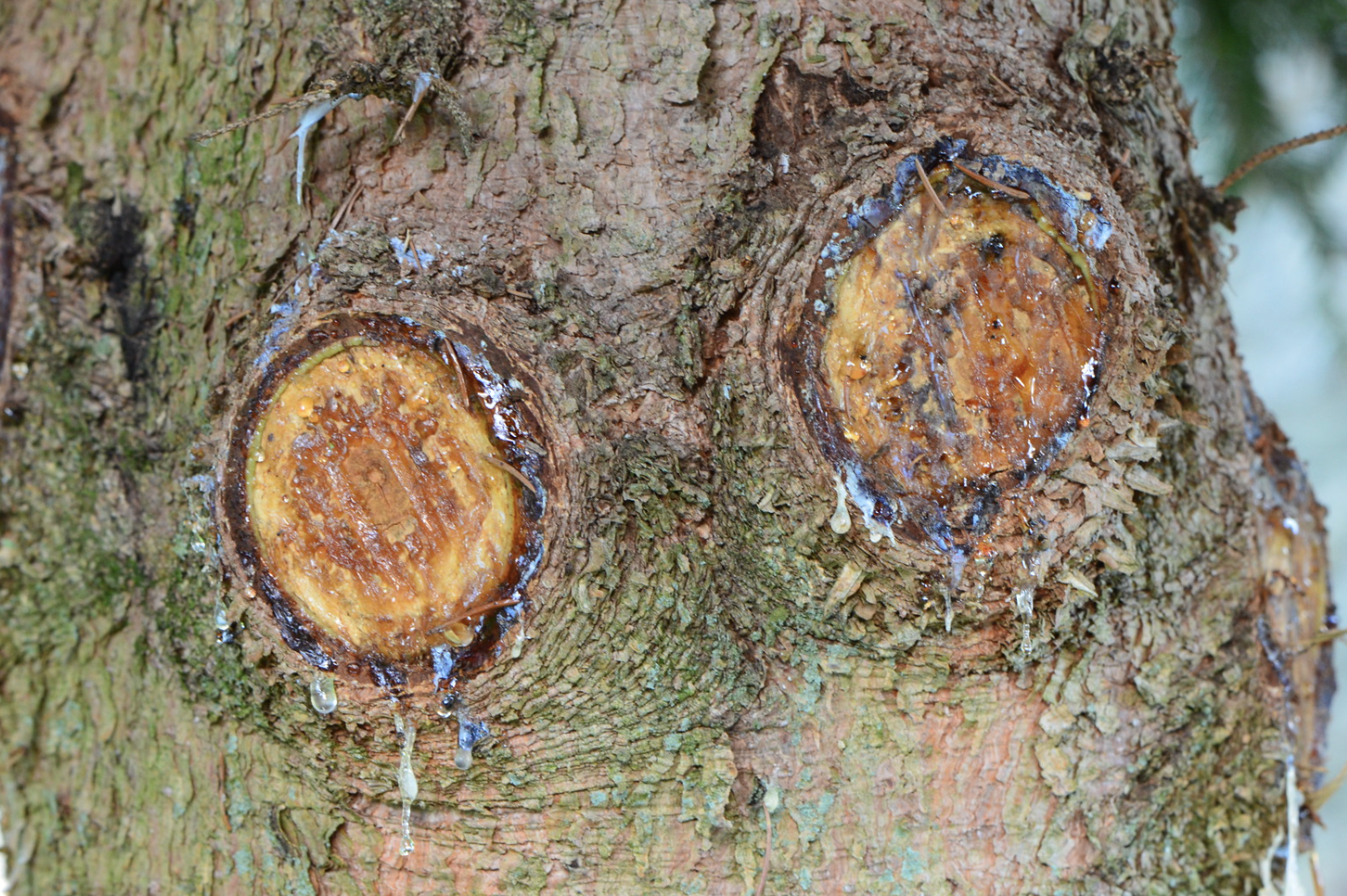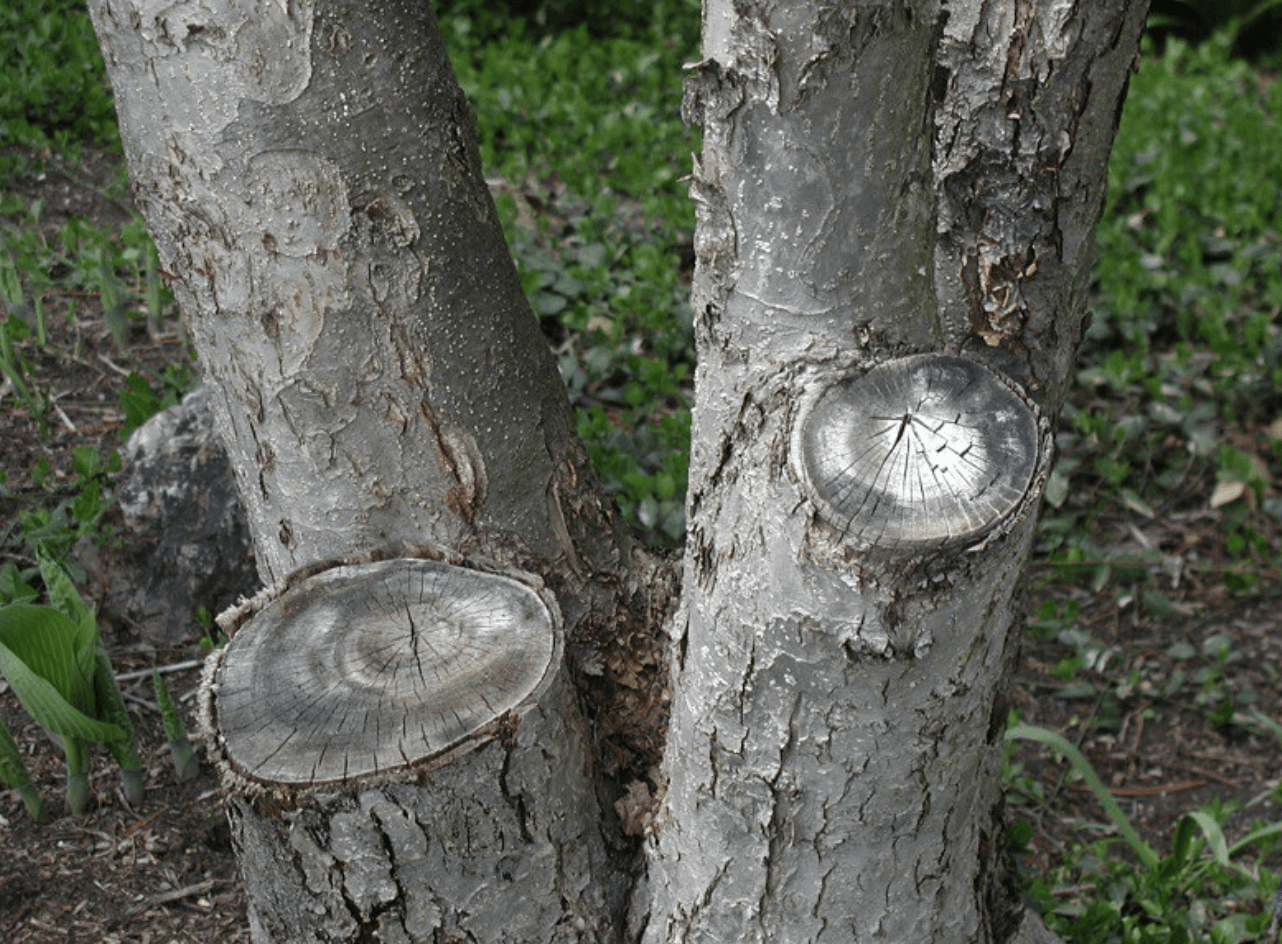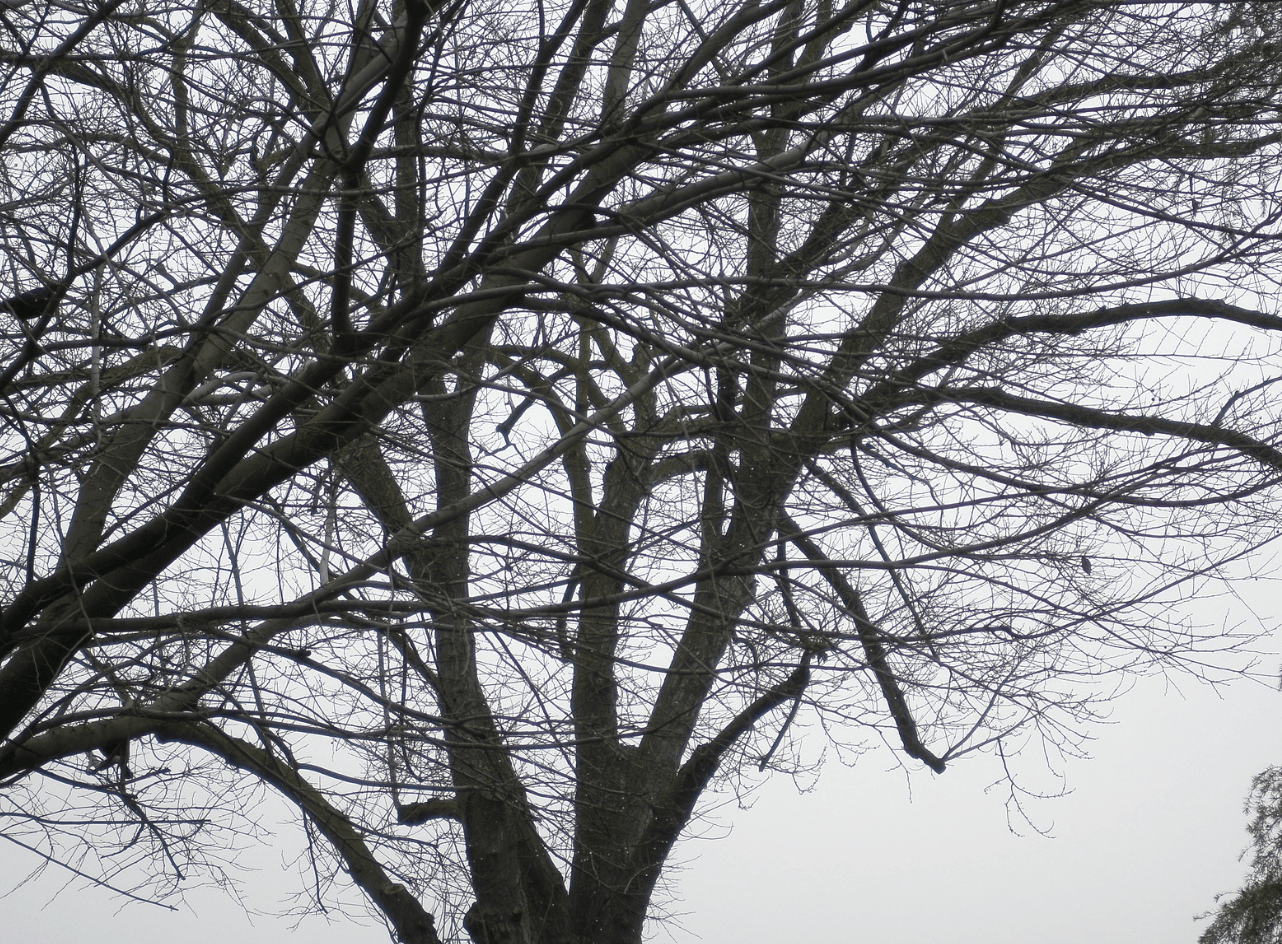How Do You Seal A Tree Wound? The Ultimate Guide

In most cases, it is better to let a tree's wounds heal naturally rather than using a wound sealer.
WARNING: Poor tree would sealing can jeopardize the health of the tree which will cause you and your property more headaches long term. If you don't know how whether or not you should use a tree wound sealer, your best bet is to contact a professional.
Table of Contents

Photo Credit: Codersquid
How To Seal A Tree's Wound
Tree wound sealers are a type of tree treatment used to fill in the gaps and holes in the bark of a tree. They are typically used to stop or slow the flow of water, nutrients, and minerals from leaving the tree. Sealing wounds can also help to control insects and fungi.
Simply apply the sealer you selected to cover the wound in its entirety. The reason it's called pruning paint is because you essentially paint the pruning spot over with the sealer.
Two Types of Tree Wound Sealers
Tree wound sealers come in two forms: natural and synthetic.
Natural
Natural sealers use plant oils as their base. They can be applied as a liquid but are more commonly mixed with an adhesive such as paint thinner or mineral spirits before application.
Synthetic
Synthetic sealers are petroleum-based products that are applied as a liquid or paste.
Avoid Tree Pruning Injuries
The best way to avoid using any kind of pruning sealer is to make sure you prune correctly. When sealing trees, making the final cut in the correct location is critical. Furthermore, avoid over-pruning your trees, especially fruit trees.
Instead of pruning heavily all at once, prune trees lightly once a year for a few years. You shouldn't cut about 25% of a tree's leaves each year. Also, avoid cutting back branches more than 1 to 2 inches wide.
When you prune small branches, the cuts are small and heal quickly. When a branch dies, cut it back to the nearest still-alive branch with no stubs left. Be sure you use the best tools to cut the tree branches.
WARNING: You should contact a professional arborist before making any cuts or trimming any trees near power lines. Do not trim trees near power lines without contact an arborist or local official.
Do You Need Tree Wound Sealer?
For a long time, most people believed applying pruning sealer to tree wounds was the best way to prevent decay and insect infestation. Although using a wound sealer can sometimes help, it is essential to remember that it can also hurt.
When You Should & Shouldn't Use Tree Pruning Sealer
After pruning trees or shrubs, you should usually avoid using tree pruning sealers. This is especially true when trees prone to vascular wilts such as Dutch elm disease and oak tree wilt.
In some cases, painting the wounds with latex-based paint will seal beetles from spreading vascular wilts and allow the wounds to heal properly. According to University of Arizona research, pruning sealers for wound dressing interfere with a tree's natural ability to heal itself.
Sealers for tree trimming are bad because they make it more difficult for your tree to recover. Furthermore, pruning sealers may keep moisture in the tree wound, increasing the likelihood of fungi or wound wood and decay growth.
We use band-aids to stop bleeding and aid in healing wounds, but trees heal differently. Tree's have a natural healing process known as CODIT to heal wounds. They compartmentalize wounds into sections with layers of cells that prevent the damage from spreading.
Pruning a tree or shrub correctly will close wounds and prevent decay organisms from entering the tree trunk. If you prune correctly, you shouldn't need to use a pruner.
"To be without trees would, in the most literal way, to be without our roots." - Robert Mabey
Best Tree Wound Sealers
If you decide to go with a sealer, there are four common types:
Organic
The most effective tree wound sealer is made from natural ingredients. Even these sealers can be harmful to your tree if misused.
Oil
An oil-based sealer is one of the most common types of tree wound sealer. It has the appearance and odor of asphalt. Petroleum may be present in oil-based sealants. They may keep bugs away from the wound but will not help the tree heal faster.
Latex
Latex sealer, a new and improved asphalt-like sealer, is better for trees than oil-based sealers and even repels insects.
DIY
Many DIY tree wound sealers can be made at home, but you should do so at your own risk. Aloe gel is one of the most well-known and safest.
How Long Does It Take For A Tree To Naturally Heal Itself?
How long a tree takes to heal itself depends on the size of the tree, the damage the tree sustained, and how healthy the tree was prior to the injury. Trees are resilient plants that can heal themselves from wounds.
The process takes time. A tree won't be able to heal its wounds in one day. It needs water, nutrients, and, for you, patience for the tree to recover. If you pick the right tools to cut tree branches and use the proper technique, the injury won't be as detrimental to the tree.
A tree takes a long time to heal because it has to stay in one place and cannot migrate to a different location. The tree has to wait for its surrounding environment, be it water, soil, or sunlight, to change so it can continue growing.

Photo Credit: David Prasad
FAQs
Sometimes the best way to heal tree wounds is to give them time to heal themselves. A tree could take years to heal its wounds.
Of course, if you suspect that your tree has an insect or fungal infection, we recommend you call a professional. But putting weird stuff like paint or turpentine on the tree wound probably won't help too much.
Before you go...
Sealing tree wounds should be a last resort. You should aim to prune your trees correctly, causing minimum damage. One way to make sure you don't hurt the tree is to clean and disinfect your pruning tools. Be sure to read our next article so you understand why you shouldn't be cutting your trees with dirty tools...
Related Articles:

Carl Anderson
Carl Anderson is an avid outdoorsman with a keen interest in writing about and reviewing tools. He has over 20 years of writing experience and the only time he isn't feverishly typing away at his computer is when he's outside in nature working on his projects. You can learn more about him here.
Join our community!
Join to receive guides, insights, and the latest gardening deals!
